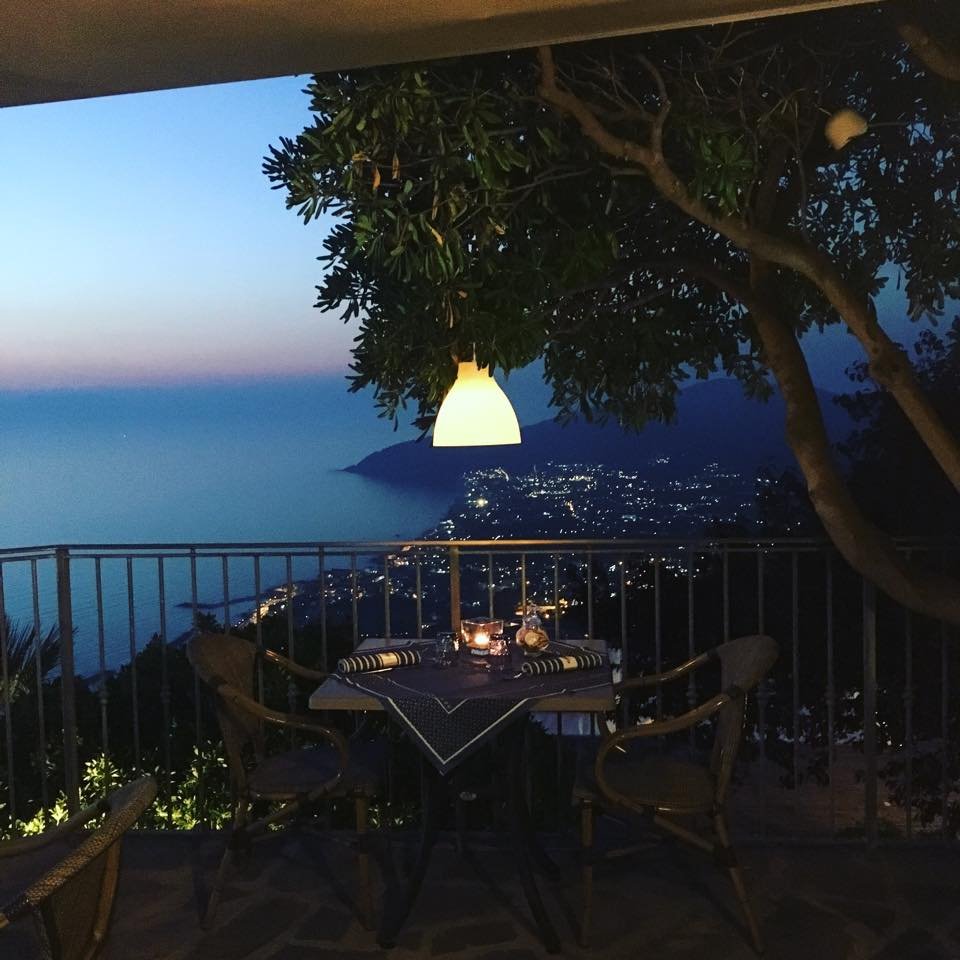
Introduction
Castellabate, a picturesque village located along Italy’s stunning Amalfi Coast, has been quietly capturing the hearts of travellers around the world. Nestled in the Campania region, this charming destination is not only significant for its breathtaking landscapes but also for its cultural heritage. With the rise of sustainable tourism, Castellabate has become increasingly relevant as a locale that offers both natural beauty and historical richness, making it an ideal retreat in today’s fast-paced world.
History and Culture
The historical roots of Castellabate date back to the 9th century when it was established as a fort to protect the region from pirate invasions. The village’s name derives from the medieval castle built on the hill, ‘Castel la Bate’, which still offers remarkable views of the Tyrrhenian Sea. Today, Castellabate is a UNESCO World Heritage site, recognised for its well-preserved medieval architecture and scenic landscapes, drawing tourists interested in both history and nature.
Natural Beauty and Attractions
Famous for its stunning beaches, Castellabate boasts several lovely spots, including the sandy shores of Santa Maria di Castellabate and the rocky coves at Punta Licosa. The crystal-clear waters are perfect for swimming, snorkelling, and relaxing under the sun. Beyond the beaches, visitors can explore the surrounding Cilento and Vallo di Diano National Park, known for its hiking trails, diverse wildlife, and fragrant Mediterranean vegetation.
The village itself is adorned with charming streets, traditional architecture, and delightful restaurants serving local cuisine. The annual events, such as the Feast of San Costabile, celebrate the village’s culture and traditions, featuring local music, food stalls, and intricate parades that reflect the community’s warmth and spirit.
Recent Developments
With the growing preference for less crowded, authentic travel experiences, Castellabate has seen a surge in visitors especially post-pandemic. Local authorities have been investing in sustainable tourism initiatives, ensuring that the influx of tourists does not compromise the area’s natural beauty or cultural integrity. This includes promoting eco-friendly accommodation and supporting local businesses that cater to environmentally conscious explorers.
Conclusion
As travel trends evolve and people seek unique destinations that offer both relaxation and cultural richness, Castellabate stands out as an enchanting escape. With its blend of history, stunning landscapes, and commitment to sustainability, Castellabate is not just a place to visit but a destination that inspires. For those planning their next getaway in Italy, this hidden gem is surely worth exploring, promising experiences that linger well beyond the journey.
You may also like

Exploring Monmouth: History, Attractions and Community

Exploring Wolverhampton: A Gateway to Culture and History
